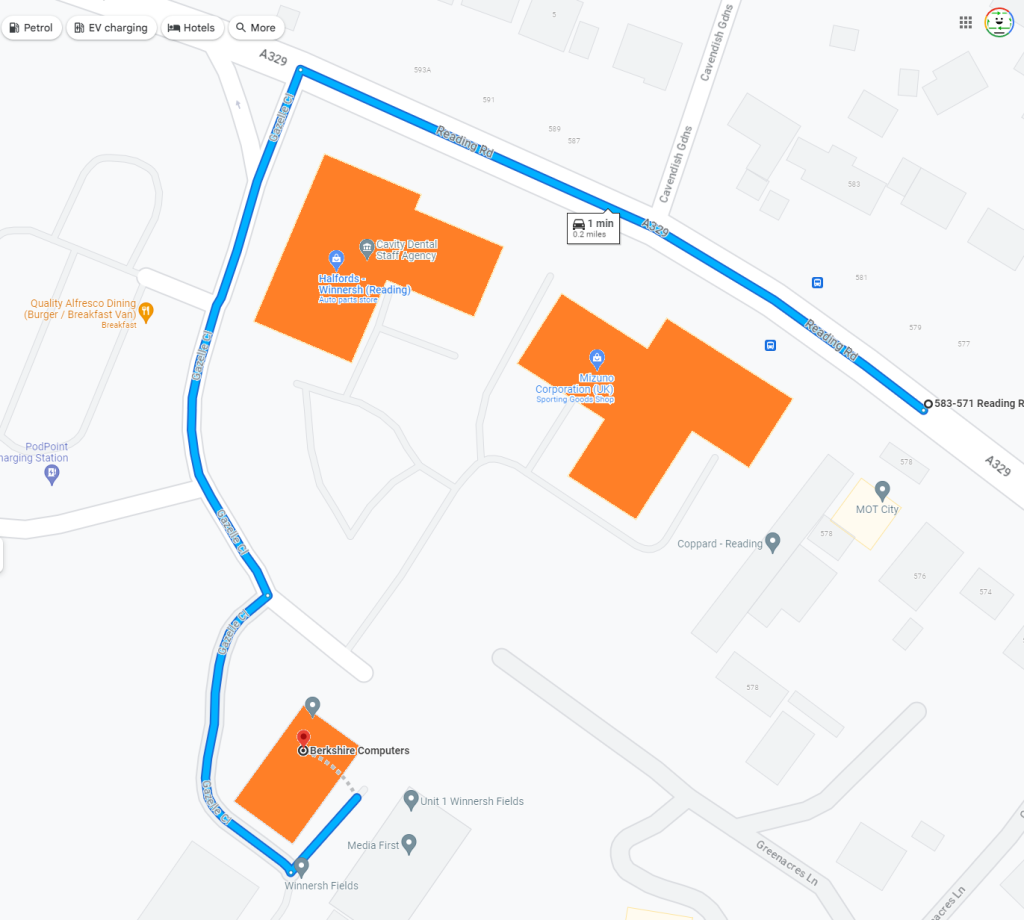Troubleshooting a Slow MacBook Pro: Seeking Solutions for a 5-Year-Old Device
If you’ve ever experienced a slow computer, you know the frustration it can cause. Recently, I encountered a problem with my father’s 2017 MacBook Pro, which has been noticeably sluggish. Tasks that should be quick, like opening a Word document, can sometimes take an agonizing 30 to 60 seconds—or worse, the application won’t launch at all. This issue seems intermittent but can be quite disruptive, especially when it hampers productivity.
The laptop features a 2.3 GHz i5 processor and runs on macOS 13.7.4, the most current version of the operating system. Despite checking the Activity Monitor, there appears to be no significant memory strain, and interestingly, the storage space is only halfway full. This leaves me scratching my head about what could be causing the lag.
After a quick restart, the laptop seems to perform better temporarily, but the problem inevitably returns. I’m at a loss regarding the next steps to identify and fix this issue. Should I delve deeper into the system configurations? Is it time to consult with an expert at the Genius Bar?
I am reaching out to the community for insights and suggestions on what further checks I can conduct or tests I can perform. Any tips on potential causes for this slowdown or advice on troubleshooting methods would be immensely appreciated. Your expertise could help my father get back to using his MacBook Pro without the hassle of slow performance. Thank you for your assistance!
Share this content:




Thank you for reaching out with your detailed description. Slow performance on a 5-year-old MacBook Pro can be caused by various factors, even if basic metrics like CPU usage and storage appear normal. Here are some troubleshooting steps and tips you can try: